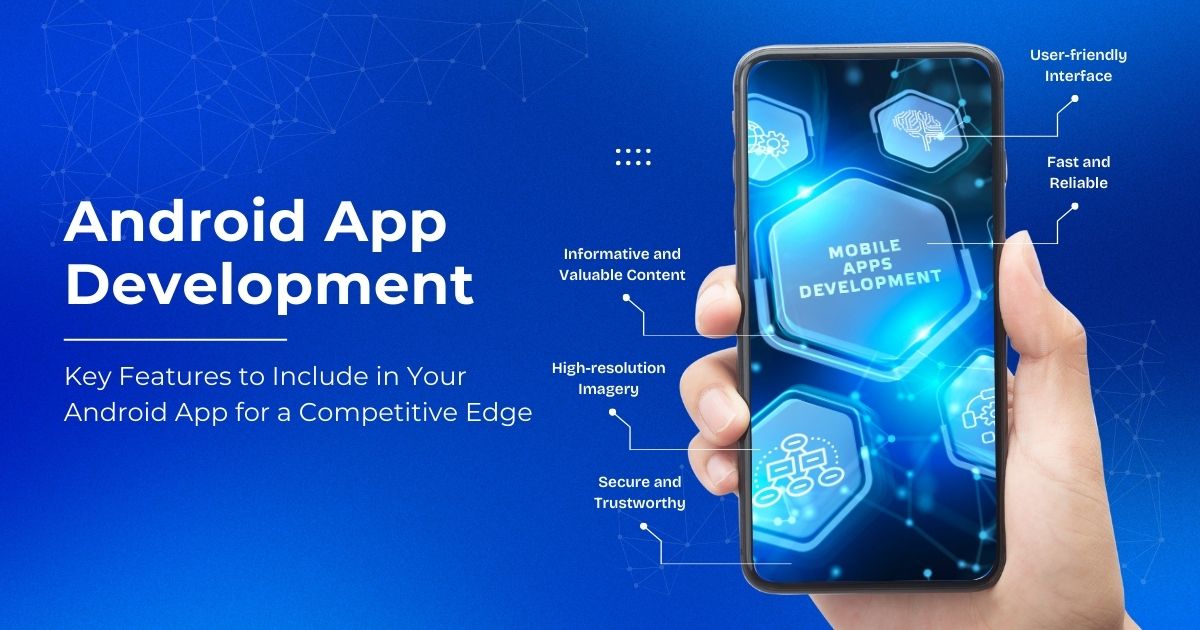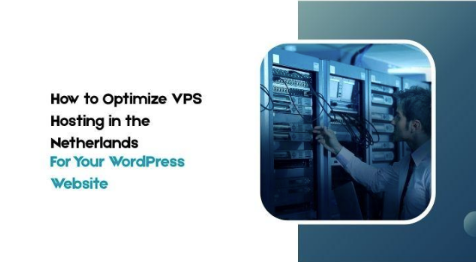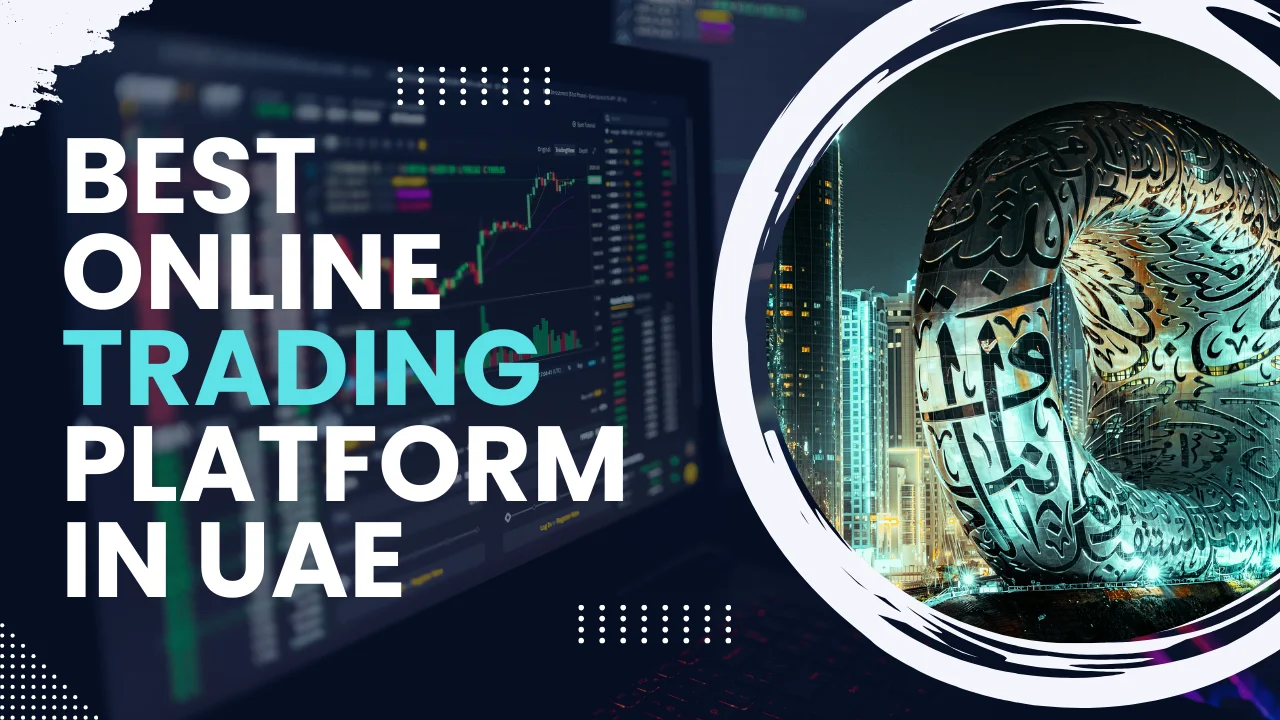
In today’s competitive app development landscape, creating an Android app that stands out is more important than ever. The mobile app industry continues to experience rapid growth, with Android holding a significant share of the global market. According to Statista, as of 2024, Android accounted for approximately 71.5% of the global mobile OS market. With such dominance, businesses and developers need to be strategic in building apps that not only function well but also offer a competitive edge.
A successful Android app requires more than just good functionality—it needs unique features, intuitive design, and advanced performance. In this article, we will explore key features to include in your Android app to ensure it stands out in the crowded app store. Whether you’re working with an Android app development company or planning to hire Java developers for your team, the right features can make all the difference in attracting and retaining users.
1. User-Friendly Interface
Importance of Intuitive Design
The first impression your app gives users is crucial. A clean, simple, and easy-to-navigate interface ensures a smooth experience. With limited attention spans, users typically abandon apps if they find them difficult to navigate. Ensuring your app has a user-friendly interface increases engagement and retention.
Best Practices:
- Minimalist Design: Keep the design simple and clutter-free. Avoid overwhelming users with too many options.
- Clear Navigation: Ensure that navigation is easy to follow. Use a bottom navigation bar or a side menu for better accessibility.
- Consistent UI Elements: Use consistent colors, buttons, and icons throughout the app for better user understanding.
Example: Instagram’s intuitive design helps users focus on photos and videos without distraction. The straightforward navigation allows users to move through feeds, stories, and profiles with ease.
2. Fast Load Time and Performance Optimization
Why Speed Matters
Performance is a crucial factor for user retention. According to a report by Google, 53% of mobile users abandon an app if it takes longer than 3 seconds to load. Slow load times and laggy performance can frustrate users, leading them to uninstall the app.
Optimizing app performance should be a top priority for any Android app development company. Key performance indicators to focus on include fast load times, smooth transitions, and minimal latency.
Techniques for Optimizing Performance:
- Use Lazy Loading: Load only essential data initially and defer other content until needed.
- Optimize Images: Compress large images to reduce load time.
- Memory Management: Use efficient algorithms to handle app memory effectively.
Example: Google’s Gmail app is known for its fast performance. Its swift load times and responsive interface help users stay productive without frustration.
3. Cross-Device Compatibility
Ensure a Seamless Experience
Android is used across a wide range of devices, from smartphones to tablets and smartwatches. A key feature for your Android app is compatibility across various screen sizes and hardware specifications. Your app should look and function well on different devices to expand your user base.
Best Practices for Cross-Device Compatibility:
- Responsive Design: Use flexible layouts that adjust to different screen sizes.
- Adaptive UI Components: Use UI components that can adjust their sizes based on the device type.
- Test Across Devices: Ensure extensive testing on multiple devices, including different screen resolutions, operating system versions, and hardware capabilities.
Example: WhatsApp is a great example of cross-device compatibility. The app provides a seamless experience whether you are using it on a phone, tablet, or smartwatch.
Also Read: The Impact of Education Data Analytics on Student Retention and Graduation Rates
4. Advanced Security Features
Building Trust with Users
Security is one of the most critical aspects of any app. With increasing cyber threats, users are highly concerned about the security of their data. Including advanced security features is crucial to building trust with your users and protecting sensitive information.
Key Security Features to Consider:
- Two-Factor Authentication (2FA): Add an extra layer of security to prevent unauthorized access.
- Data Encryption: Ensure that all sensitive user data is encrypted both during transmission and storage.
- Secure Payment Gateway: Use reliable payment gateways with strong encryption protocols for safe transactions.
Example: The banking app of Chase is known for its top-notch security features. It uses multiple layers of authentication and encrypted data storage to protect user information.
5. Integration with IoT (Internet of Things)
Expanding App Functionality
As IoT devices become more common, integrating your Android app with IoT technology offers added functionality and convenience for users. For example, apps that control smart home devices, wearables, or healthcare monitoring systems are rapidly gaining popularity.
By integrating IoT features, your app can offer real-time data collection, device control, and more.
IoT Features to Include:
- Device Pairing: Allow users to connect and manage their IoT devices seamlessly through the app.
- Real-Time Monitoring: Provide real-time updates for connected devices such as smart thermostats, lights, or fitness trackers.
- Automated Actions: Enable automatic actions, like turning on lights when motion is detected or adjusting the thermostat based on location.
Example: The Google Home app integrates IoT with devices like smart speakers, thermostats, and lights, offering users full control from their mobile phones.
6. Offline Functionality
Offering Flexibility for Users
In regions with poor connectivity or when users are traveling, offline functionality can be a game-changer. An Android app that continues to offer valuable features without the need for a constant internet connection will be appreciated by users.
Best Practices for Offline Functionality:
- Offline Data Storage: Implement local data storage to allow users to access certain features even when they are offline.
- Syncing Data: When the app reconnects to the internet, synchronize the locally stored data with the cloud.
- Core Features in Offline Mode: Identify essential features of your app that can be used without an internet connection, such as viewing previously loaded content.
Example: Google Maps offers offline navigation in its app. Users can download specific maps for offline use, making it ideal for areas with poor or no internet connection.
7. Push Notifications and Personalized Alerts
Keeping Users Engaged
Push notifications are one of the best ways to keep users engaged and informed about updates or offers. However, the key is to use them in a non-intrusive manner. Overloading users with irrelevant notifications can lead to app uninstalls. Personalized alerts based on user behavior are far more effective.
Best Practices for Push Notifications:
- Personalization: Send notifications based on user preferences and actions within the app.
- Segmented Messaging: Tailor messages for different user segments (e.g., active users vs. dormant users).
- Timing: Schedule notifications at optimal times to avoid overwhelming users.
Example: The Starbucks app uses push notifications to send personalized offers based on location and purchase history, keeping users engaged and increasing loyalty.
8. Integration with Social Media
Enhancing User Reach and Interaction
Social media integration is essential for apps targeting younger demographics. By allowing users to share content directly to their social media profiles, you can expand the app’s reach and increase its visibility.
Key Social Media Features:
- Easy Sharing Options: Allow users to share content or achievements from the app to popular social platforms like Facebook, Instagram, or Twitter.
- Social Logins: Simplify the sign-in process by integrating social media logins, reducing friction for new users.
Example: Many fitness apps, like Strava, allow users to share workout achievements on social media, helping to foster a community and increase brand visibility.
9. Data Analytics and User Feedback
Improving with Data
Data analytics is an essential tool for understanding user behavior and improving app performance. By integrating data tracking features, you can gain insights into how users interact with the app, what they like, and where they struggle. This data is vital for refining your app over time.
Analytics Tools to Include:
- User Activity Tracking: Track interactions within the app to identify the most and least popular features.
- User Feedback Mechanism: Implement in-app surveys or feedback forms to collect user opinions on various aspects of the app.
- Crash Reporting: Include tools that automatically report app crashes and bugs for quick resolution.
Example: Apps like Airbnb use user data to personalize listings and improve the user experience. Through data-driven insights, they continuously enhance their services.
Conclusion
Building an Android app with a competitive edge requires a combination of innovative features, robust performance, and user-centered design. As we’ve explored, some of the most important features include a user-friendly interface, fast performance, security, IoT integration, offline functionality, and effective use of data. By focusing on these key features, you can create an app that not only stands out in a crowded market but also attracts and retains loyal users.
If you are in the process of developing an Android app, consider partnering with an experienced Android app development company or hire Java developers who can bring your vision to life. A well-crafted app with a competitive edge will be your ticket to success in the fast-paced mobile app industry.
By focusing on these key features, you can build an app that users love and keep coming back to, giving you the competitive advantage needed to thrive in the Android ecosystem.







